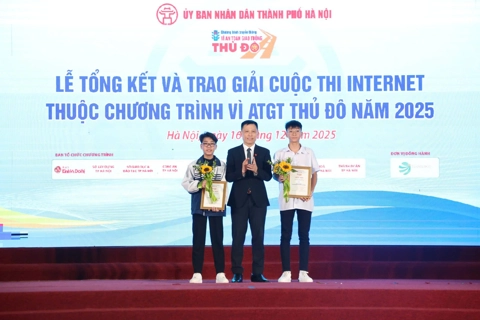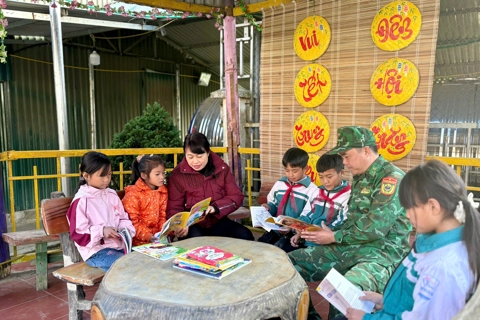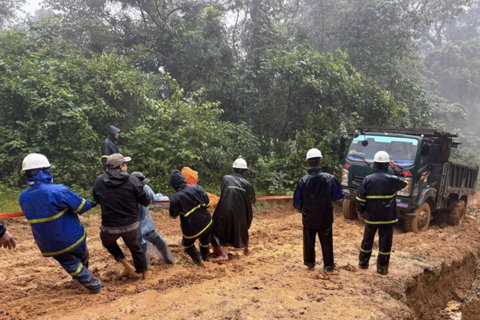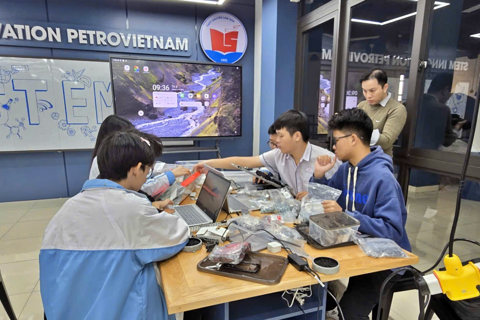Redefining journalism: How AI is powering Vietnam’s newsrooms
THE HANOI TIMES — As artificial intelligence reshapes industries worldwide, Vietnamese newsrooms are racing to keep pace. With pressure mounting to modernize operations, boost productivity, and engage digital audiences, many are turning to AI-driven solutions, not as a trend but as a necessity.
At a seminar hosted on May 15 in Hanoi, Kinh te & Do thi Newspaper brought together government officials, media leaders, and tech experts to explore what AI really means for journalism and how to adopt it without losing sight of editorial integrity.
“Digital transformation is not about chasing new tools,” said Editor-in-Chief Nguyen Thanh Loi in his opening remarks, “it’s about reimagining how we work, how we connect with our audience, and how we build trust.”
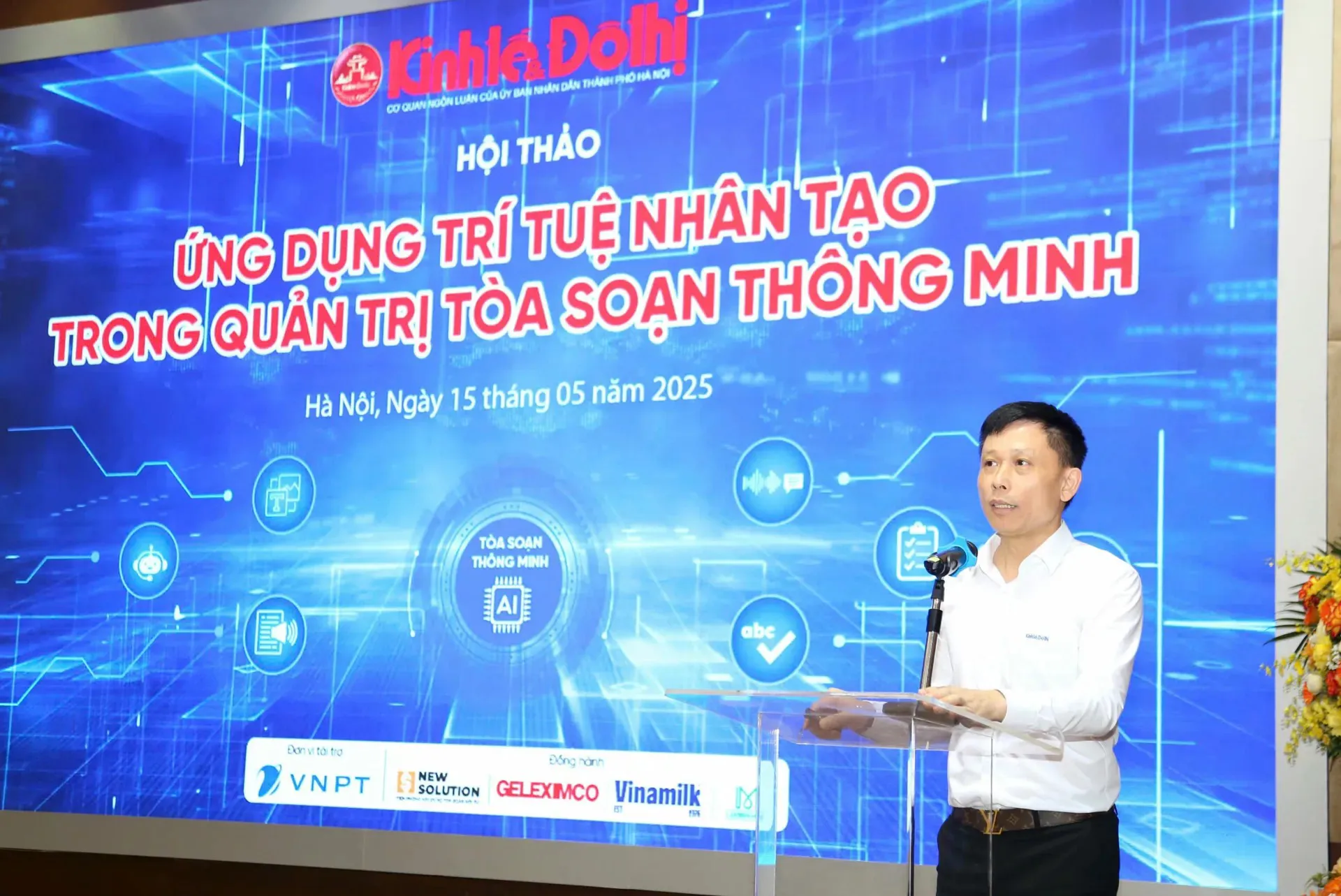
Editor-in-Chief Nguyen Thanh Loi speaks at the seminar on smart newsroom management May 15. Photos: Thanh Hai, Pham Hung/The Hanoi Times
That philosophy has already taken root at Kinh te & Do thi. Since launching its converged newsroom in late 2024, the paper has integrated its print, online, and multimedia operations into one unified system. Artificial intelligence now supports a range of functions, from suggesting topics and summarizing content to analyzing user behavior and automating repetitive tasks. Chatbots assist with document retrieval and streamline internal workflows.
But for Loi, the promise of AI lies not in volume or speed, but in the freedom it gives journalists. “It gives us more room to think, to investigate, to write stories that matter,” he said. “Technology supports us, but it doesn’t define us.”

Integrating AI across digital platforms enhances coordination and productivity in the newsroom.
Nguyen Duc Loi, Standing Vice Chairman of the Vietnam Journalists Association, reinforced this view, pointing out that the newsroom is no longer a fixed space. “It is a digital platform where every stage of journalism—from news-gathering to publishing—is connected and automated. But even in the most advanced newsroom, it is the people who make decisions and shape public understanding.”
The conversation around artificial intelligence quickly moved beyond technical advantages, prompting a deeper reflection on editorial judgment, political awareness, and the boundaries of machine-led decision-making. Among the many voices at the seminar, Dr. Cao Minh Thang, who heads the Digital Journalism Department at the Academy of Journalism and Communication, offered a pointed warning. He argued that while AI is a powerful tool for structuring and streamlining content, it lacks the capacity to interpret political context or understand the ideological orientation required in journalistic storytelling. “Without human oversight,” he said, “there is a real risk that automated content may appear neutral but fail to reflect the social or policy nuances of the moment.”
Nguyen Hoang Nhat, Deputy Head of the Online News Department, Nhân Dân Newspaper, built on that concern with a perspective rooted in newsroom practice. He noted that instinct, not algorithms, is what allows reporters to sense hesitation in a voice, question the weight of a quote, or detect when something crucial is missing. “These are moments machines simply do not recognise,” he said. “Good journalism is not just written, it is felt.”
From the technology front, a representative from VNPT Media added that no matter how sophisticated AI systems become, trust will always hinge on transparency and human accountability. “Data can inform,” he noted, “but it is editorial judgment that gives content its integrity. Ethics must be embedded in every design, not patched in after deployment.”
These insights are not theoretical for Kinh te & Do thi. As the newsroom continues to expand its smart newsroom model, its editors have made clear that AI is there to support, not replace. Automation is used to reduce noise, not meaning. The goal is to create more space for journalists to do what only they can do, to think critically, pursue complex questions, and tell stories that resonate.
In a crowded digital environment, where content is fast and attention is scarce, this approach may be what keeps journalism grounded. At the close of the seminar, Nguyen Thanh Loi offered a reminder that technology is only ever part of the story. “It’s not about choosing between humans and machines,” he said. “It’s about choosing to stay relevant and choosing wisely.”






